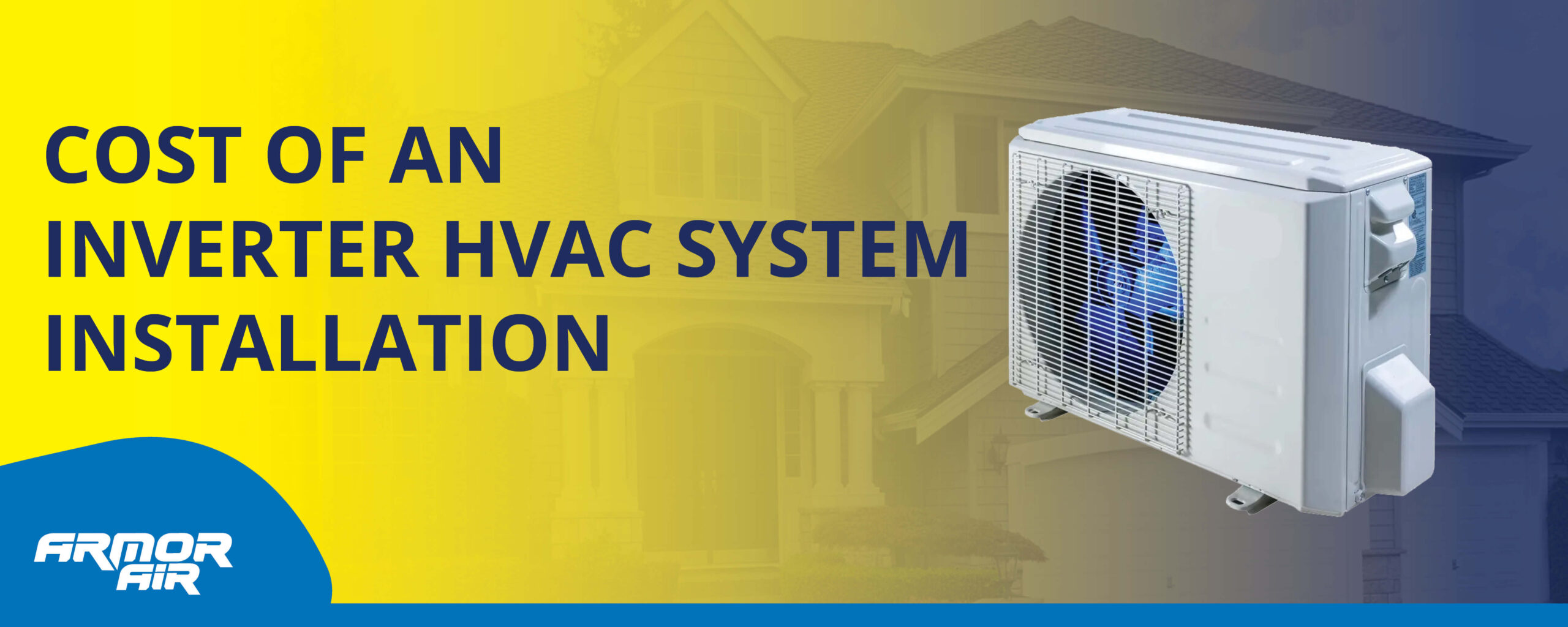Closed: Sun for God + Family time

Essential HVAC and Plumbing Tips for New Homeowners
- Your Initial Assessment
- Maintaining Your HVAC system
- Essential Plumbing Checks
- Energy Efficient Upgrades
- Emergency Preparedness
Owning a new home is an exciting milestone, but it also comes with a set of responsibilities, including the maintenance of crucial systems like heating, ventilation, air conditioning, and plumbing. These systems play a fundamental role in maintaining comfort and functionality within your home. Understanding the importance of addressing HVAC and plumbing issues promptly can save you from costly repairs down the road and ensure a smooth transition into your new space. Here are HVAC and plumbing tips for new homeowners to prevent costly repairs and ensure a smooth transition into your new space!
Initial Assessment
Before settling into your new home, it’s crucial to conduct a comprehensive initial assessment of the HVAC and plumbing systems. This step lays the foundation for understanding the condition of these systems and identifying any existing issues that may require immediate attention.
- Professional Inspections: Schedule professional inspections for both the HVAC and plumbing systems. A qualified technician can thoroughly evaluate the condition of these systems, identify potential problems, and provide recommendations for maintenance or repairs. This proactive approach can help you address issues early on, preventing them from escalating into more significant problems later.
- Check for Existing Issues: Take the time to visually inspect the HVAC and plumbing systems yourself. Look for signs of leaks, water damage, or unusual noises coming from the HVAC unit. Check for dripping faucets, running toilets, or water stains around fixtures in the plumbing system. Identifying any existing issues early on allows you to address them promptly and prevent further damage to your home.
- Understand System Layout: Familiarize yourself with the layout and components of both the HVAC and plumbing systems in your home. Locate key elements such as the HVAC unit, air ducts, thermostat, water heater, main water shut-off valve, and plumbing fixtures. Understanding how these systems function and where essential components are located will empower you to troubleshoot minor issues and communicate effectively with technicians during maintenance or repairs.
HVAC Maintenance
Maintaining your HVAC system is essential for ensuring optimal performance, energy efficiency, and indoor comfort. Soon after moving into your new home, prioritize the following HVAC maintenance tasks:
- Change Air Filters: Start by checking and replacing the air filters in your HVAC system. Dirty or clogged filters restrict airflow, reduce system efficiency, and compromise indoor air quality. Refer to the manufacturer’s instructions for guidance on the type of filter to use and the recommended replacement schedule.
- Clean Vents and Registers: Inspect and clean the vents and registers throughout your home. Dust and debris can accumulate in these areas, obstructing airflow and reducing heating and cooling efficiency. Use a vacuum cleaner or a damp cloth to remove any buildup and ensure unrestricted airflow.
- Schedule Regular Maintenance: Arrange for professional maintenance services with a certified HVAC technician. Regular inspections and tune-ups help identify and address potential issues before they escalate into costly repairs. A technician can clean components, lubricate moving parts, check refrigerant levels, and ensure all systems are functioning correctly.
- Program Thermostat: If your home is equipped with a programmable thermostat, take the time to program it for optimal energy efficiency. Set temperature schedules based on your daily routines to reduce energy consumption while maintaining comfort. Familiarize yourself with the thermostat’s features and settings to make adjustments as needed.
By proactively addressing HVAC maintenance tasks, you can extend the lifespan of your system, improve energy efficiency, and enjoy consistent indoor comfort throughout your new home. Regular maintenance also helps prevent unexpected breakdowns and costly repairs, saving you time, money, and inconvenience in the long run.
Plumbing Checks
A well-maintained plumbing system is essential for the smooth functioning of your home’s water supply and drainage. After moving in, conduct thorough checks of your plumbing system to identify any issues and ensure everything is in working order:
- Inspect for Leaks: Begin by inspecting all faucets, toilets, and showerheads for leaks. Even small drips can waste a significant amount of water over time and lead to water damage. Tighten loose fittings and replace worn-out washers or seals to prevent leaks and conserve water.
- Check Water Pressure: Test the water pressure in your home by turning on faucets and showers in different areas. Inconsistent water pressure or unusually low pressure may indicate underlying issues such as clogged pipes or a faulty pressure regulator. Addressing these issues promptly can help maintain proper water flow and prevent damage to plumbing fixtures.
- Locate Main Shut-Off Valve: Locate the main water shut-off valve for your home and ensure it is easily accessible. In case of a plumbing emergency such as a burst pipe or major leak, shutting off the main valve quickly can prevent extensive water damage. Familiarize yourself with how to operate the shut-off valve to respond effectively in emergencies.
- Test Drains: Test all drains in sinks, tubs, and showers to ensure they are draining properly. Slow or clogged drains may indicate a buildup of debris or potential blockages in the plumbing system. Use drain cleaners or natural remedies to clear minor clogs, and consider scheduling professional drain cleaning for more stubborn blockages.
By conducting thorough checks of your plumbing system soon after moving in, you can identify and address any issues before they escalate into larger problems. Maintaining a well-functioning plumbing system not only ensures convenience and comfort but also helps prevent water damage and costly repairs in the future.
Energy Efficiency Upgrades
Improving the energy efficiency of your home’s HVAC and plumbing systems not only reduces utility bills but also minimizes environmental impact. Consider the following upgrades to enhance energy efficiency and sustainability:
- Programmable Thermostat Installation: Upgrade to a programmable or smart thermostat if your home is not already equipped with one. These thermostats allow you to schedule temperature settings based on your daily routine, optimizing energy usage when you’re away or asleep. Additionally, smart thermostats can learn your preferences and adjust settings automatically for maximum efficiency.
- Low-Flow Fixture Installation: Install low-flow faucets, showerheads, and toilets in your bathrooms and kitchen. These fixtures are designed to minimize water consumption without sacrificing performance. By reducing water usage, you can lower water bills and conserve valuable resources.
- Pipe Insulation: Insulate exposed pipes, especially those located in unheated or uninsulated areas such as basements, crawl spaces, and attics. Pipe insulation helps prevent heat loss and minimizes the risk of frozen pipes during cold weather. By insulating pipes, you can maintain water temperature more efficiently and reduce energy consumption associated with heating water.
- Energy-Efficient HVAC Systems: Consider upgrading to energy-efficient HVAC systems, such as high-efficiency furnaces, air conditioners, or heat pumps. These systems utilize advanced technology to deliver superior performance while consuming less energy. Although the initial investment may be higher, energy-efficient HVAC systems can result in significant long-term savings on energy bills and reduce your home’s carbon footprint.
Emergency Preparedness
Despite proactive maintenance, emergencies can still occur with HVAC and plumbing systems. Being prepared to handle unexpected situations can help mitigate damage and minimize disruption to your daily life. Here are essential steps to enhance your emergency preparedness:
- Emergency Kit Creation: Assemble an emergency kit specifically tailored for HVAC and plumbing issues. Include items such as a flashlight, batteries, wrenches, plumbing tape, pipe clamps, and a bucket. Having these tools readily available can enable you to quickly address minor problems and contain leaks while awaiting professional assistance.
- Contact Information: Keep a list of reliable HVAC technicians and plumbers in your area handy. Research reputable service providers and save their contact information in your phone or on a physical list. Additionally, know the location of your home’s main water shut-off valve and gas shut-off valve, if applicable, and ensure all household members are familiar with their operation.
- Understanding Common Emergencies: Educate yourself about common HVAC and plumbing emergencies and their warning signs. Examples include furnace malfunctions, water heater leaks, burst pipes, and sewer backups. Recognizing these issues early on allows you to take prompt action and prevent further damage to your home.
- Response Protocols: Establish clear protocols for responding to HVAC and plumbing emergencies within your household. Assign specific roles to family members, such as shutting off utilities, contacting service providers, and managing cleanup efforts. Practice these response protocols through mock drills to ensure everyone knows what to do in a crisis.
—
Congratulations on becoming a new homeowner! Taking proactive steps to maintain your HVAC and plumbing systems is essential for ensuring the comfort, efficiency, and longevity of your home.
Remember, regular maintenance and prompt attention to issues are key to preventing costly repairs and unexpected emergencies. Whether it’s changing air filters, inspecting for leaks, or investing in energy-efficient upgrades, each action you take contributes to the overall well-being of your home.
Share This Story, Choose Your Platform!
Recent News

How to Beat the Humidity: Dehumidifier Benefits in Indiana Homes
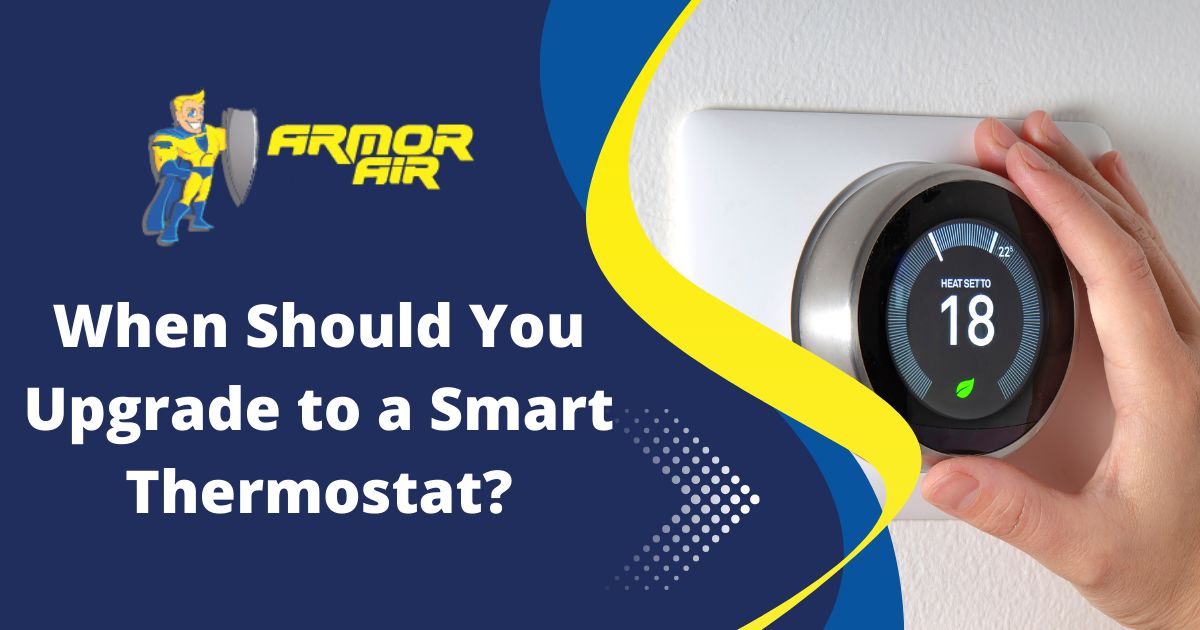
When Should You Upgrade To a Smart Thermostat?
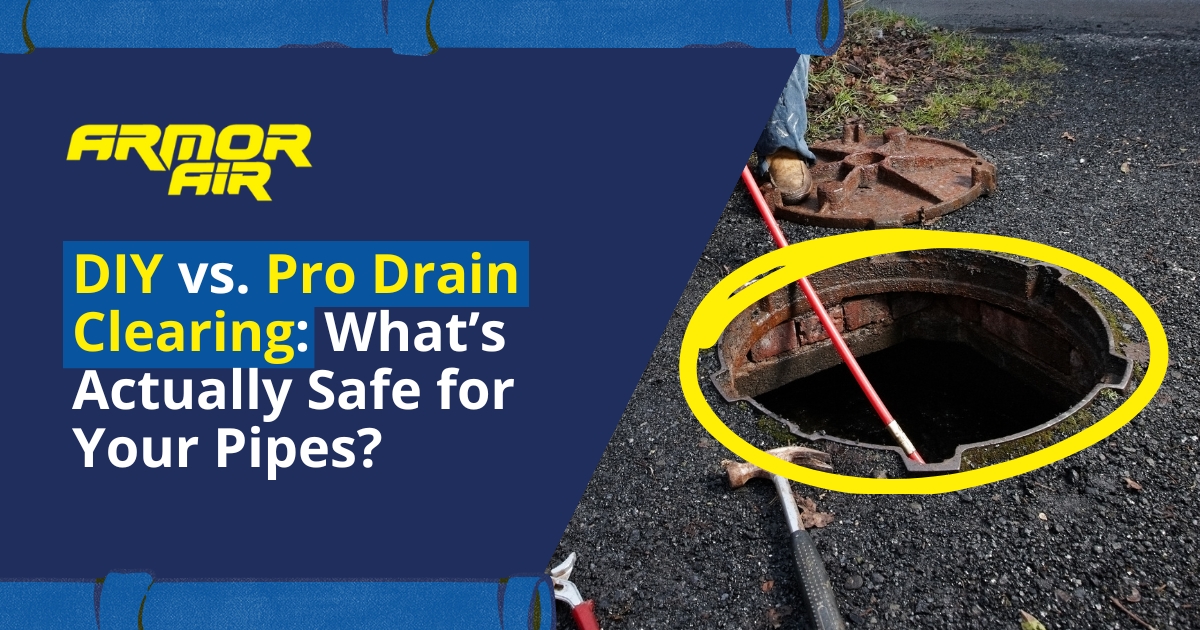
DIY vs. Pro Drain Clearing: What’s Actually Safe for Your Pipes?
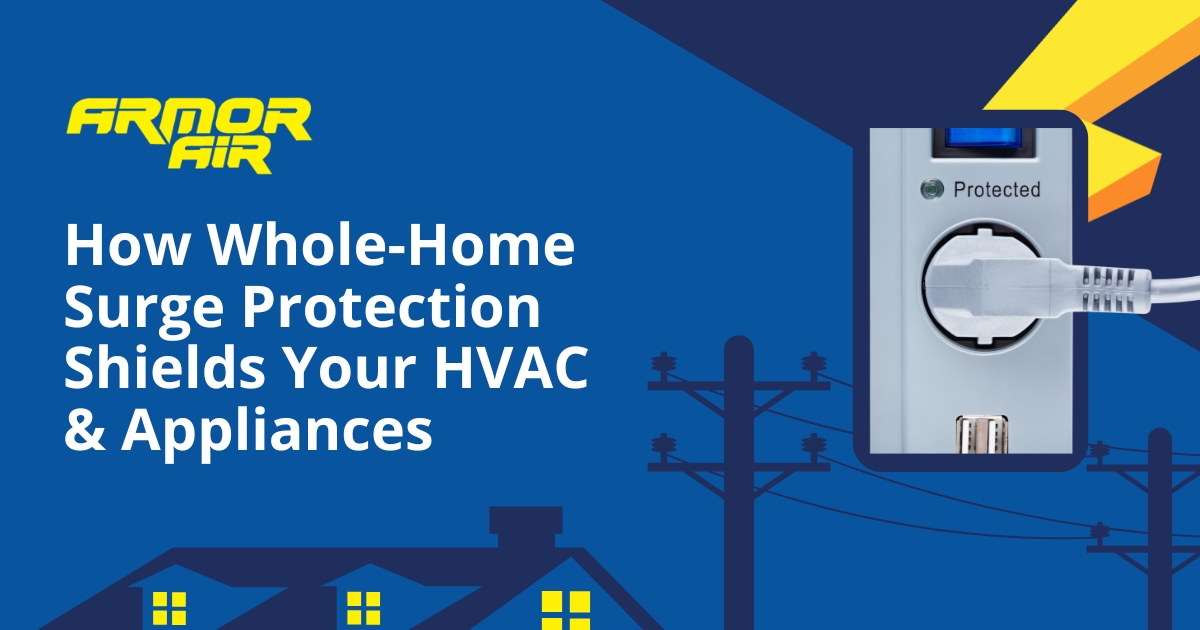
How Whole-Home Surge Protection Shields Your HVAC & Appliances

Top 5 Causes of AC Breakdowns During Indiana Heatwaves
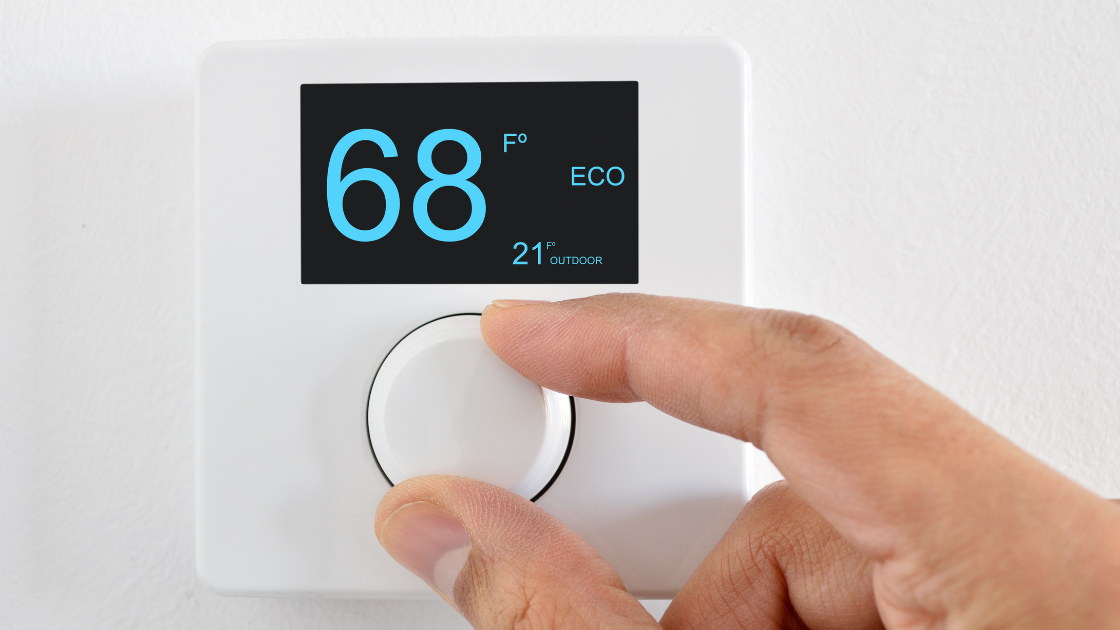
Help! My Heater Won’t Turn Off
